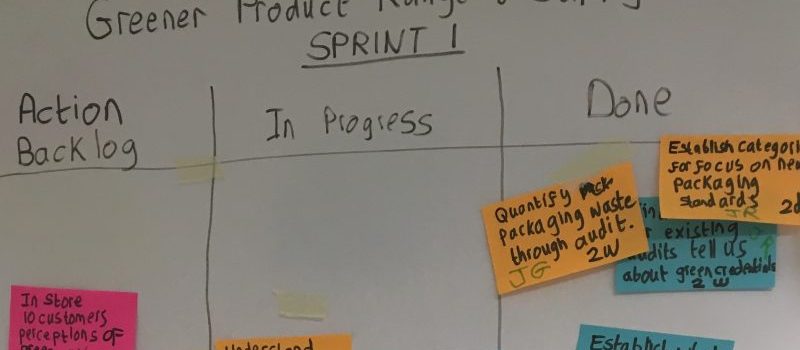
As I’m writing this, I’m realising the Heartbeat Model is at the centre (or the heart ?) of the Team Effectiveness approach we described as being like a Team SatNav, and I feel like I’m giving away a secret.
Because leadership teams that implement the Heartbeat Model:
- Become even higher performing
- Drive the implementation of strategy at pace
- Significantly increase the trust they have in the team and of each other.
Meetings Do Not Make a Leadership Team
At red10 , we believe leadership teams are more than just a leadership meeting every month or so.
The teamwork that happens in-between meetings is much more important than the work that happens in the meetings themselves.
The maths is quite simple: the small number of hours in the meeting is massively outweighed by the number of working hours in-between meetings.
Which leads us to the question: how can we use the precious small amount of time in the team meeting to get the maximum amount of aligned work in-between team meetings?
Imagine How a Heart Works
In the same way that heart pumps blood round a body, the Heartbeat Model pumps energy and alignment round a team. For teams at the top, it also pumps energy and alignment around the organization it leads.
Imagine the two halves of the heart coming together, then expanding, then coming together again.

The time when the two halves of the heart are fully together is short. The time in-between these beats is much longer.
In the same way, the time when a whole team actually meets is precious and short.
The most effective way of using this time is to get alignment on who will be doing what between now and the next time the team meets.
Sub-teams is Where the Real Teamwork Gets Done
Leadership Team that use the Heartbeat Model agree:
- A set of priorities – in red10 we often call these Must Wins
- A “division of labour”, with different sub-teams assigned to the different Must Wins, each with an accountable leader
The real work then gets done in these sub-teams.
The Leadership Meetings then become the place where:
- Sub-teams propose the approach they plan to take, fine-tuning it with the full team. In red10 we often enable this using our “scoping templates”. We often find that 80% of the proposal is correct, despite it being created by a sub-team, and it only needs 20% for tuning and buy-in.
- Sub-teams report on progress, course correct (single loop learning) and as a whole team scan the environment
- The full team decides if the strategy being implemented is still relevant and appropriate (double loop learning).
In other words, the meeting becomes the place where teams adapt and stay aligned – the training ground for effective and agile delivery.
We call this the Heartbeat Model; constricting and coming together and then expanding into sub-teams to deliver more than an individual could possibly deliver, and then coming back together again.
The Heartbeat Model requires and builds trust and massively increases the pace.
With the Team SatNav at its Heart
At the start of this article, I said that the Team SatNav was at the heart of the Heartbeat Model.
For example, a team can’t work this way unless:
- They all have the big picture, or what we call Reality
- they have a Vision that the team is fully behind and find compelling
- they have a clear Strategy to deliver on the vision
- the team trusts each other and know they can rely on from each other – we call these satellite dimensions Identity and Partnerships
This is what our consulting brings, and we have a powerful track record of coaching leadership teams to do this.









